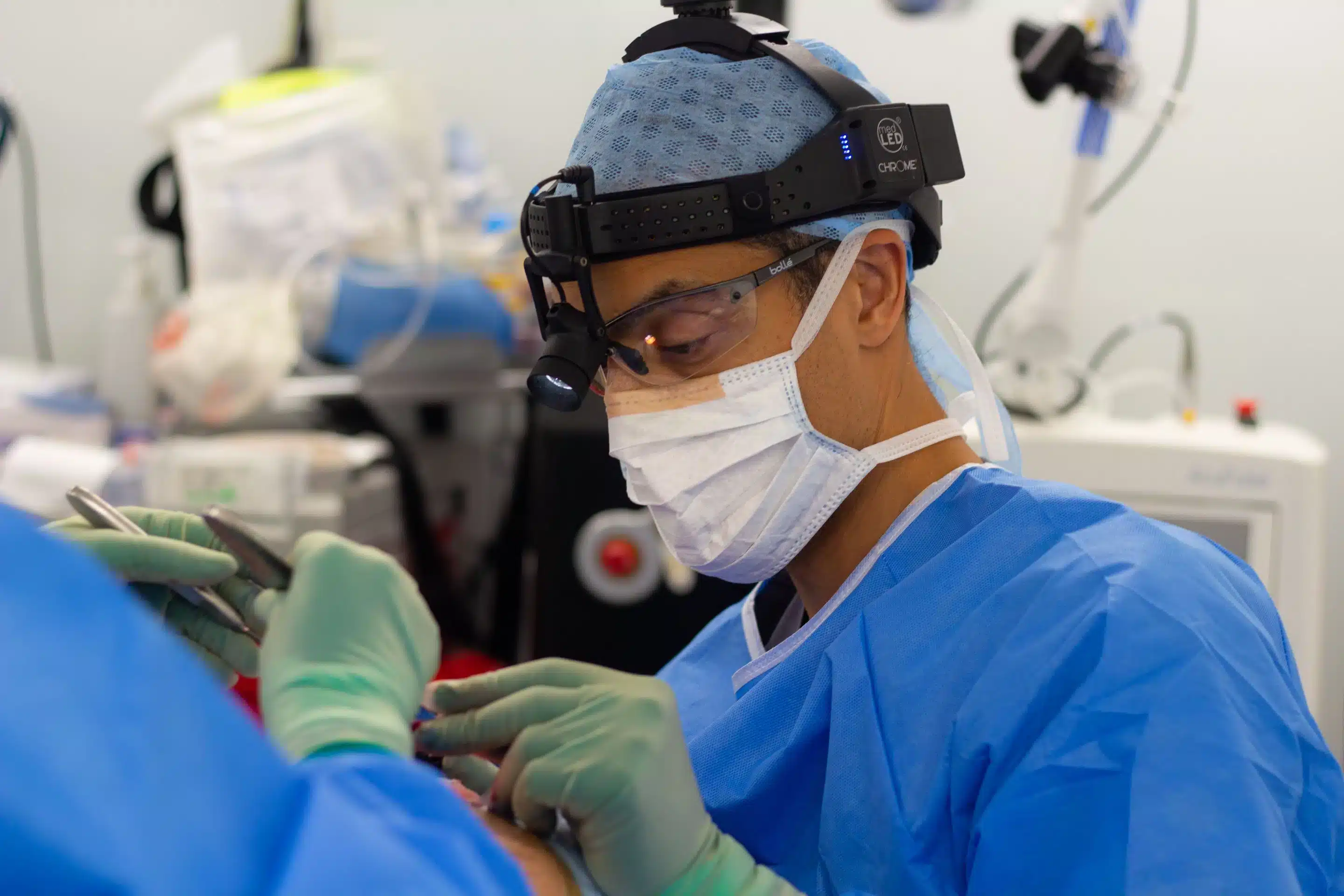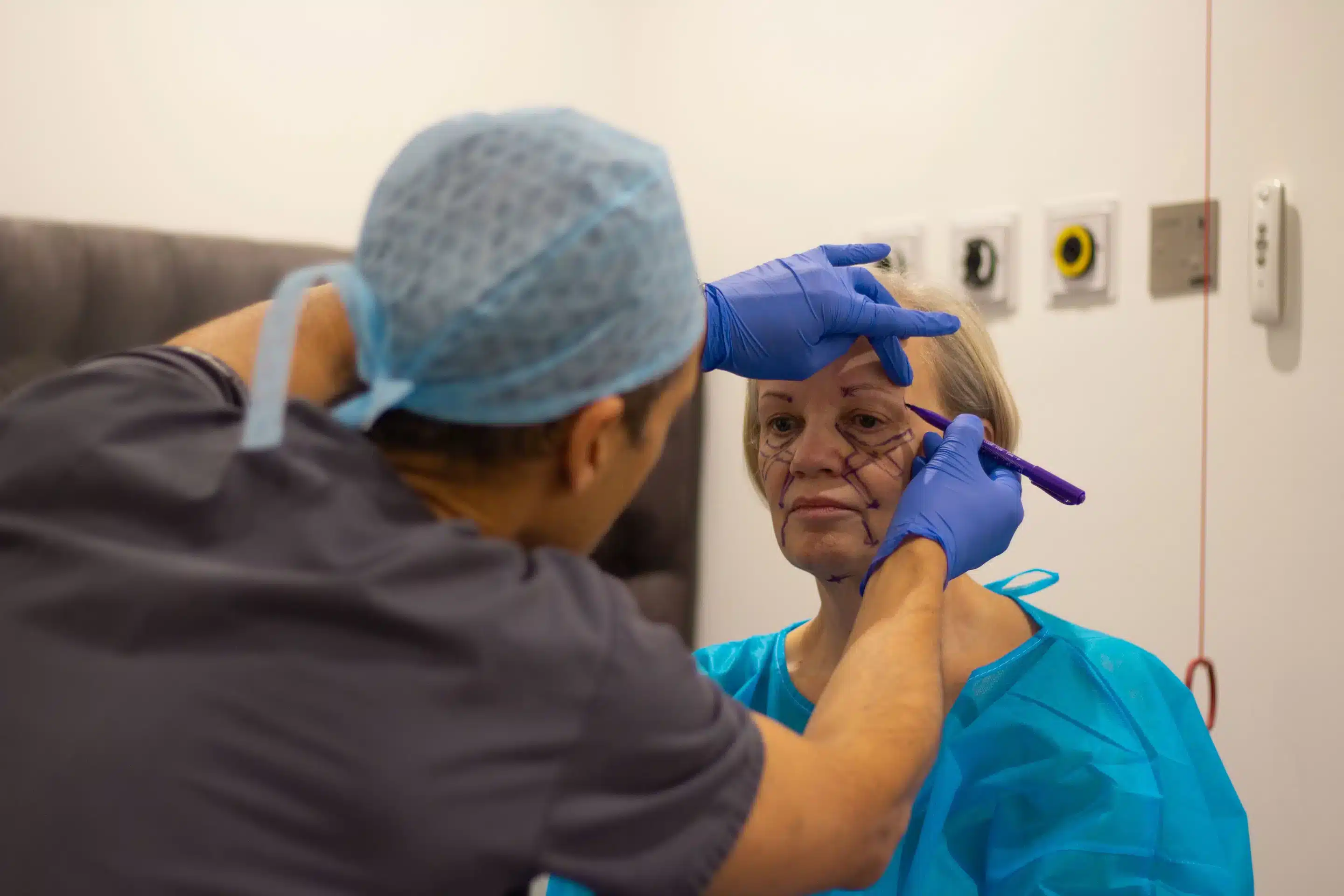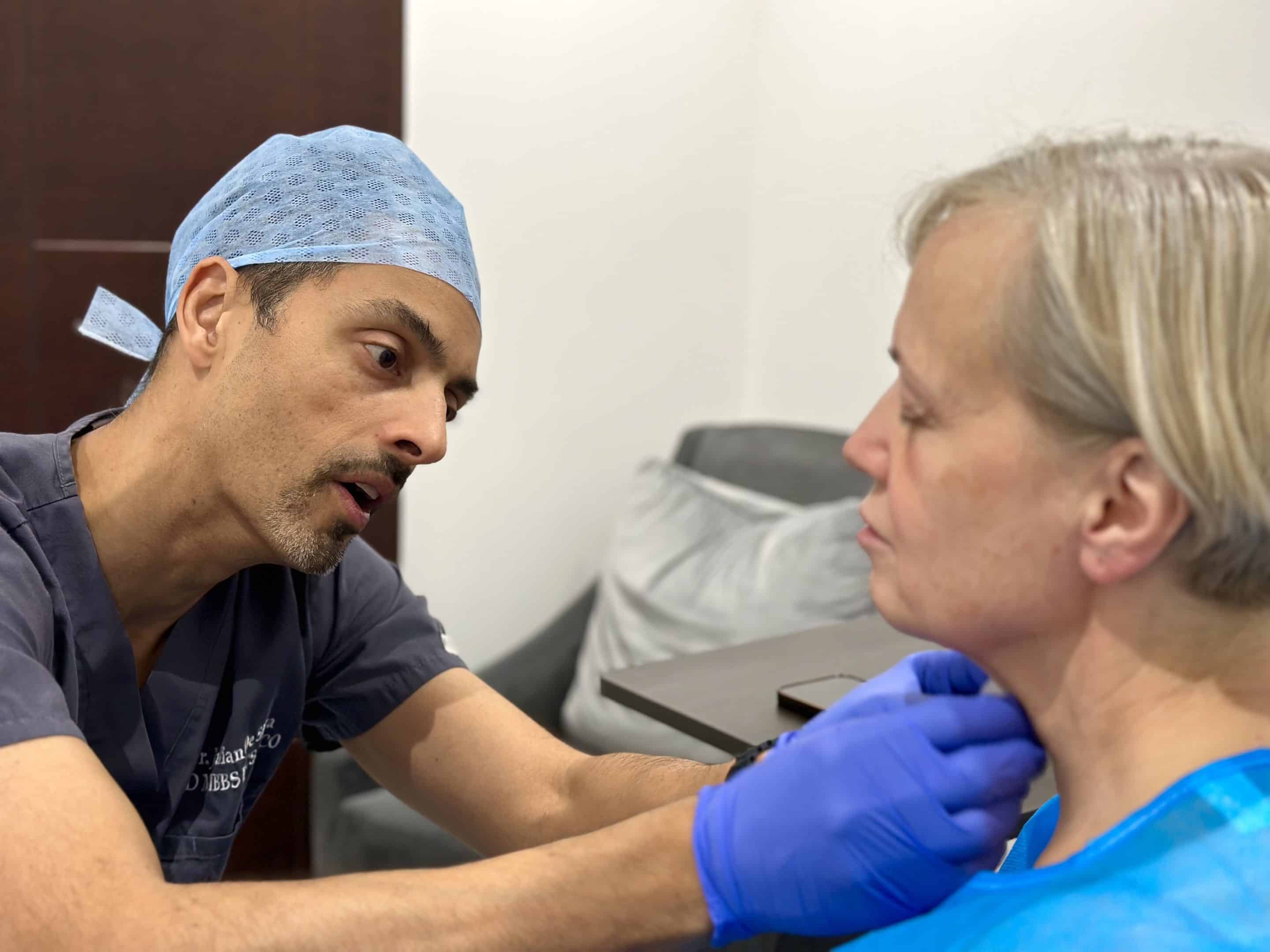
A pointy nose can mess with someone’s facial symmetry and other features. Even just a little bit of hump can make your face unbalanced.
Since the nose is a central feature of the face, it has to look balanced and proportionate. In some cases, an extremely pointy nose, even with a slightly bent nose bridge, can destroy the said balance.
In this article, I will talk about pointy noses and what you can do if you have one that bothers you.
Why Is My Nose Pointy?
Projecting nasal septum cartilage or cartilage growth is frequently the cause of a pointy nose.
Pointy noses become more prevalent as the ageing process starts. Moreover, the nasal tip support weakens, and the nose seems to “grow.”
Trauma might also cause a pointed nose. Any impact on the fragile supports that connect the nose tip cartilage towards the underlying structure of the nose might result in support loss.
What Do You Call a Pointy Nose?

When viewed in profile, it features a prominent bridge with a moderate to prominent downward curve.
Additionally, the aquiline nose has a straight contour and slightly expanded nostrils. It also has a well-proportioned nasal tip that is neither too big nor too little.
What Nationality Has Pointy Noses?
The aquiline nose type is most prominent among South Asian ethnic groups, particularly amongst peoples of Kashmir, Pakistan, Afghanistan, and Dardistan.
The aquiline nose was also considered a distinguishing trait of several Native American tribes, whose individuals sometimes chose their names after their physical characteristics. An aquiline nose, for example, is one of the classic attributes of the noble warrior type in representations of Native Americans.
Can the Nose Shape Change?

Undoubtedly, things do change as we get older, but you might be surprised to find that our noses alter as well.
Even if you’re generally pleased with the look of your nose, you may notice a bigger, drooping, rounder nose when you look in the mirror as you age.
Your nose does expand with age, but only to a specific extent. Thereafter, it may alter form and size due to changes in the cartilage, skin, and bone that shape your nose rather than growth.
What Is the Most Attractive Nose Shape?

A button nose is a tiny, round nose that resembles the form of a button. This form of nose is raised at the nasal tip and has a narrower nose bridge.
This nose shape is highly feminine and frequently wanted by ladies wanting nose surgery.
Meanwhile, a perfect male nose has a 90-degree angle from the nose tip to the mouth. Downward-pointing, long, and straight noses are also considered masculine and appealing.
What Nationality Has a Bulbous Nose?
Hispanic and Mediterranean people have bulbous noses. The nose tip is large and droopy. People of Mediterranean descent come from Northern Africa, Southern Europe, and portions of Asia.
6 Common Nose Shape Concerns That Cosmetic Surgery Can Solve

A nose job with the best rhinoplasty surgeon can solve your nasal concerns. Here are the nose common nose shape concerns that cosmetic surgery can help with:
-
A Flat Nose
This nose concern describes a nose that’s either on wide on the sides (broad) or flat across the bridge. This type of nose is common in many Asian, African, and Hispanic countries.
-
A Bulbous Tip
Patients who are concerned about this nose trait have more rounded tips because of the shape of their lower lateral cartilages.
-
A Crooked Nose
A hump or crooked nose can occur due to genetic factors or trauma. To fix an extremely crooked nose, the nasal bones must be reconfigured.
-
A Pointed Nose
Some people have noises that are too pointy for their liking. Because of this, they usually opt for nose reshaping surgery.
-
A Big Nose
One of the most common concerns of rhinoplasty or nose reshaping patients is the size of their nose.
-
A Long Nose
This type of nose can cause bullying and low self-esteem. However, many people suffer from it. If you do, surgery might be the answer to your problems.
How We Found the Genes That Control Nose Shape – And What They Say About Us

In research on facial features, scientists uncovered a group of genes that govern the form of the human nose. Scientists examined the DNA of almost 6,000 modern humans to determine why certain people have a narrow, pointy nose while others have wide bridges or big nostrils.
The identification of four genes involved in influencing the form of our nose equipment resulted in the discovery of another gene that affects how far the jaw juts out. The discoveries, according to the experts, will provide new insights into our past.
The study was headed by Andrés Ruiz-Linares, a professor of human genetics at University College London.
Meanwhile, a few genes have been discovered that impact nose form. According to further reading, human nose diversity exists as a result of natural selection and environmental factors such as dry climate.
Rhinoplasty for a Pointy Nose

Doctors can provide two sorts of surgeries to fix a pointy nose.
In open rhinoplasty, your surgeon makes an incision along the epidermal band that separates the nostrils. Open rhinoplasty provides access and allows the doctor to alter the tip and the subcutaneous tissues and structures. This procedure produces more consistent outcomes.
Closed rhinoplasty, on the other hand, makes incisions inside the nostril to reach the underlying structures as well as the tip. While this approach reduces the visibility of scars, the outcomes may be less exact than that of open rhinoplasty.
Reconstructive Surgery for a Pointy Nose

Some patients may be displeased with the appearance of their noses because they believe it is overly distracting. The nose appears pointed because the excess cartilage or the septum cartilage is pushed too far forward. Regardless of the treatment used, the objective is to modify the protrusion of the tip and make it less pointed.
Rhinoplasty surgery or a nose job aims to improve face harmony and balance by changing the proportions of the nose.
Whatever the reason why a patient undergoes rhinoplasty, the procedure improves a person’s look and function for a higher quality of life.
Next Steps: What to Consider Before Going Ahead With Nose Surgery

-
Doctor’s Credentials
Ask about the background and certifications of your rhinoplasty surgeon, as well as his or her total surgical experience. Additionally, inquire about your doctor’s training, credentials, and how long he or she has been conducting cosmetic surgery operations.
A surgeon can get several qualifications. However, it is important that you do more research after your visit to ensure that you are choosing the right reconstructive surgeon to perform your rhinoplasty surgery.
-
The Facility
The office of a cosmetic surgeon should have skilled, courteous staffs that treat patients with respect and decency. The facility should also provide a relaxing atmosphere for patients.
Search for a good surgeon who runs accredited facilities. Furthermore, confirm if that certain facility has a high-quality, conveniently accessible aftercare service.
-
Patient Reviews
Hearing from previous rhinoplasty patients who have dealt with your doctor is reassuring and gives actual verification of your surgeon’s expertise. Therefore, you may want to request written testimonies, ideally with before and after photos from actual patients.
Ask whether it is okay to contact previously dealt clients personally for a brief discussion about their rhinoplasty experience. It is uncommon for an experienced surgeon not to have at least a few past clients willing to speak with another patient.
Indeed, be careful of any surgeon who does not provide at least one client with whom you may speak.
Who Qualifies for Rhinoplasty?
You must be in good overall health and a nonsmoker to be eligible for rhinoplasty. Smoking might influence how your body recovers after surgery. Furthermore, patients should be of an age wherein their face development is complete.
If a person has rhinoplasty too soon, the nose might change size and shape, compromising the results. To smooth out the nose, cartilage is reshaped and eliminated for a subtle but noticeable improvement.
Visit Dr. Julian De Silva: Rhinoplasty London
Do you want to correct your pointy nose for aesthetic or medical reasons? Do you want a better appearance with permanent results?
Book a consultation with Dr. Julian De Silva now! As an alternative, you may visit us at 23 Harley St, London W1G 9QN, UK.





